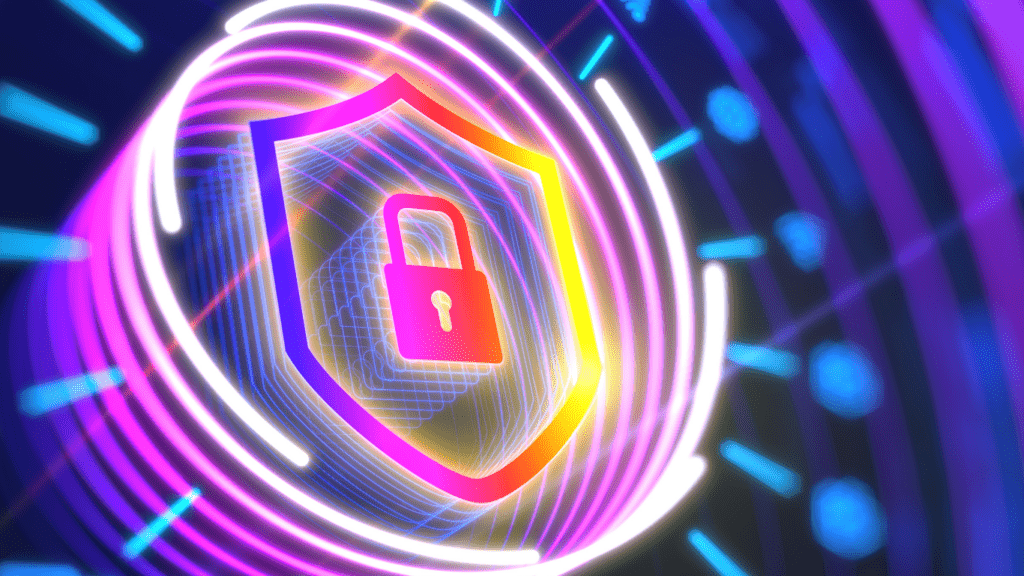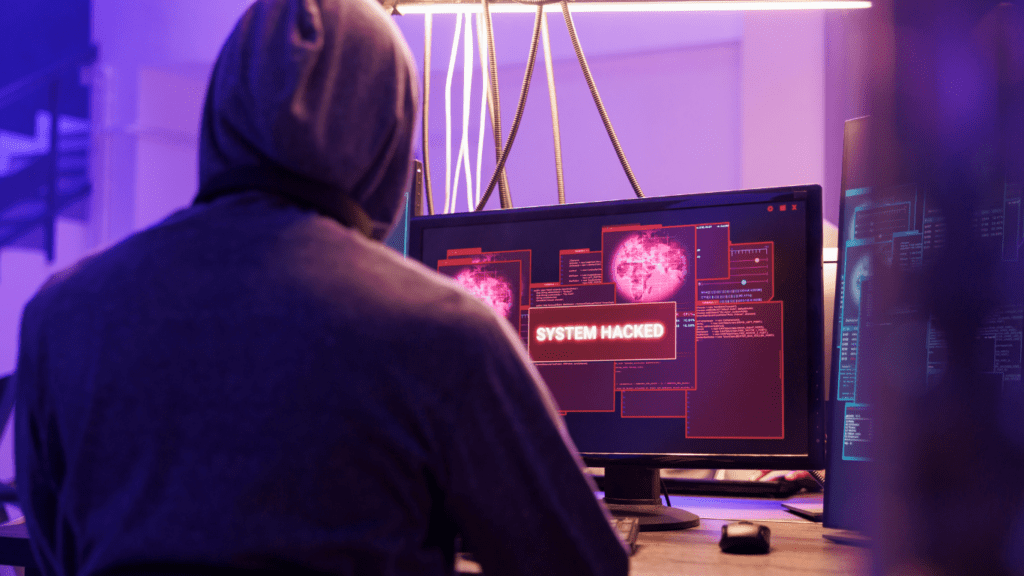Evolution of NFT Security
The NFT market’s rapid growth brings significant security challenges. Advances in technology aim to address these issues and redefine how we protect digital assets.
Current NFT Security Challenges
NFT security faces various challenges. Phishing scams target NFT holders frequently, exploiting gaps in user awareness and platform security.
Smart contract vulnerabilities also pose a risk, with poorly written code leading to potential exploits and asset losses. Counterfeit NFTs complicate the landscape further, making it hard for buyers to verify the authenticity of digital assets. These issues create trust barriers in the market.
Advances in Security Technologies for NFTs
Emerging technologies are tackling these challenges head-on. Advanced encryption methods enhance data protection, securing transactional information and user identities.
Enhanced smart contract auditing tools reduce vulnerabilities by identifying and rectifying code issues before deployment.
Blockchain innovations, like:
- layered protocols
- cryptographic proofs
help verify NFT authenticity, addressing the problem of counterfeit assets. These technologies collectively fortify the NFT ecosystem, making it more secure for investors and creators alike.
Strategic Approaches to Enhance NFT Security
As the NFT market evolves, implementing robust security measures becomes essential to maintain trust and safeguard assets.
Implementing Stronger Verification Methods
Stronger verification methods are essential to prevent fraud and counterfeit NFTs. Integrate multi-factor authentication (MFA) to add an additional security layer beyond usernames and passwords.
Employ digital certificates to validate ownership and originality of NFTs, ensuring that assets remain genuine and creators receive due credit.
Utilize decentralized identity systems to provide users with more control over their personal information, reducing the risk of identity theft, which is vital for maintaining user confidence.
The Role of Smart Contracts in Security
Smart contracts play a crucial role in maintaining NFT security by automating transactions and enforcing agreed-upon terms without intermediaries.
Conduct thorough audits of smart contract code to identify and fix vulnerabilities before deployment. Implement standardized protocols for creating and interacting with smart contracts to ensure consistency and reduce the likelihood of security breaches.
Utilize multi-signature wallets to enhance control and security over significant transactions, requiring multiple approvals before funds are transferred or actions are taken.
Regulatory and Legal Perspectives

Regulatory and legal aspects shape the future security landscape of the NFT market. Laws evolve to address emerging challenges and protect digital assets.
Existing Legal Frameworks
Current legal frameworks often lack comprehensive provisions specifically for NFTs. Existing policies, like the General Data Protection Regulation (GDPR) and anti-money laundering (AML) regulations, indirectly apply to NFT transactions.
These regulations impact how personal data is handled and ensure transactions are not used for illicit purposes.
In the U.S., the Securities and Exchange Commission (SEC) may categorize certain NFTs as securities, subjecting them to financial regulations. However, the global landscape remains fragmented, with varying degrees of enforcement and interpretation among jurisdictions.
Anticipated Regulatory Changes
Future regulatory changes in the NFT market will likely focus on standardizing practices and enhancing transparency. Governments may introduce specific legal definitions and categorization criteria for NFTs, streamlining regulatory compliance.
Enhanced KYC (Know Your Customer) processes could become mandatory, aiming to prevent fraud and money laundering. Taxation policies are also expected to evolve, with clearer guidelines on how NFT transactions and profits should be reported.
Coordination between international regulatory bodies will be crucial for creating a cohesive legal environment, promoting market stability, and protecting investor interests.
The Role of Community and Education
The future of security in the NFT market depends heavily on community involvement and user education. Ensuring that users understand security best practices and organizing community-driven security initiatives can significantly mitigate risks.
Educating NFT Users on Security
Educating NFT users on security is paramount. Users should learn about potential threats like phishing scams and smart contract vulnerabilities. Providing resources such as tutorials, webinars, and articles ensures users know how to secure their digital assets effectively.
- Tutorials: Step-by-step guides help users set up wallets, use multi-factor authentication, and verify authenticity.
- Webinars: Live sessions offer interactive learning experiences to address common security concerns.
- Articles: Comprehensive articles explain complex topics like blockchain encryption and smart contract auditing.
Community-Driven Security Initiatives
Community-driven security initiatives play a crucial role in enhancing market safety. Users contribute to collective security by sharing knowledge and developing tools. These initiatives foster a collaborative environment to detect and prevent fraud.
- Bug Bounties: Reward programs encourage developers to find and report vulnerabilities, improving smart contract security.
- Security Audits: Community members conduct audits to identify potential risks in NFT projects.
- Best Practices: Shared guidelines help establish standard security protocols within the community.
Community and education form the backbone of a secure and trustworthy NFT market. By fostering a knowledgeable user base and collective security efforts, we can create a safer environment for digital assets.






